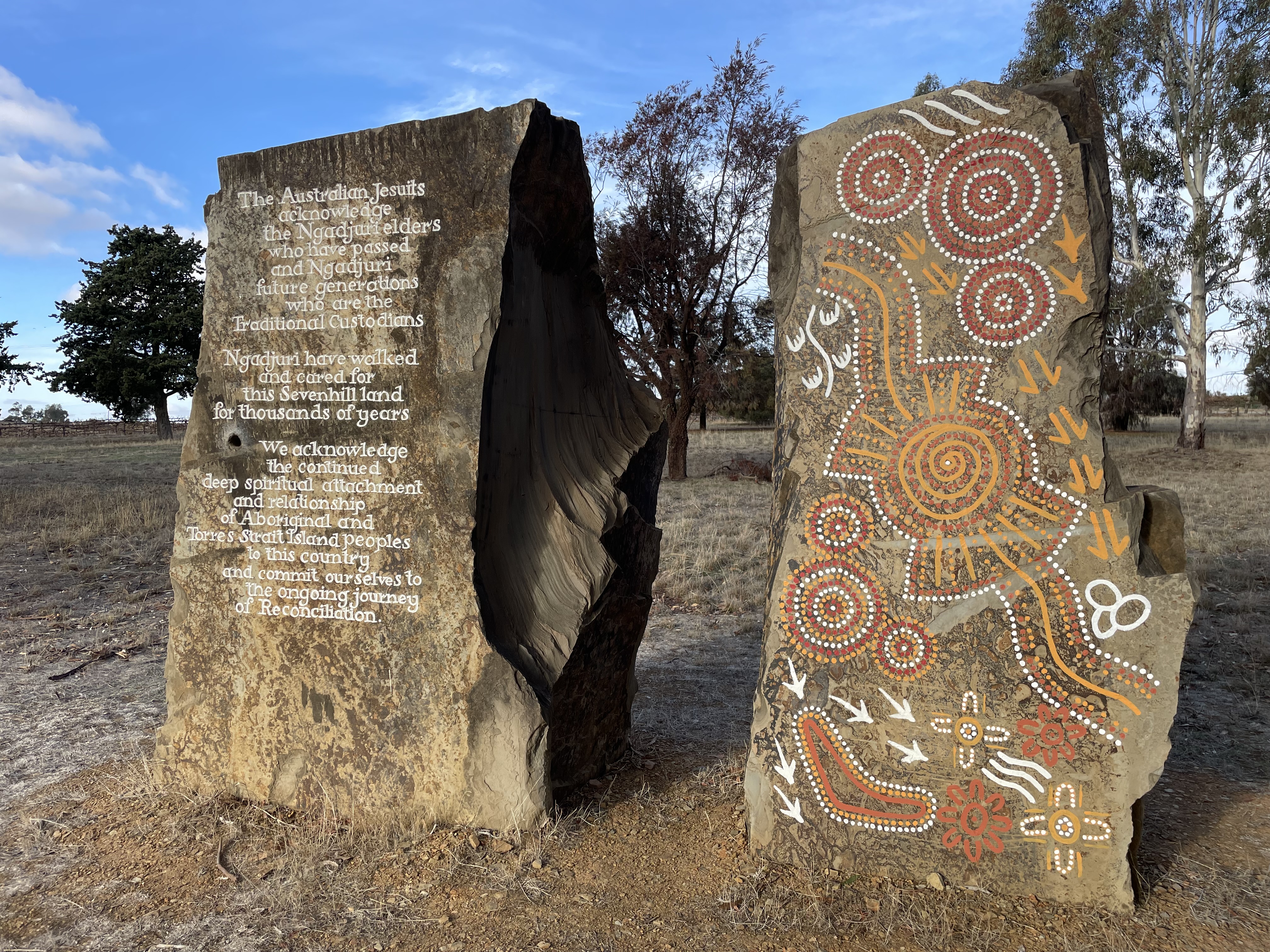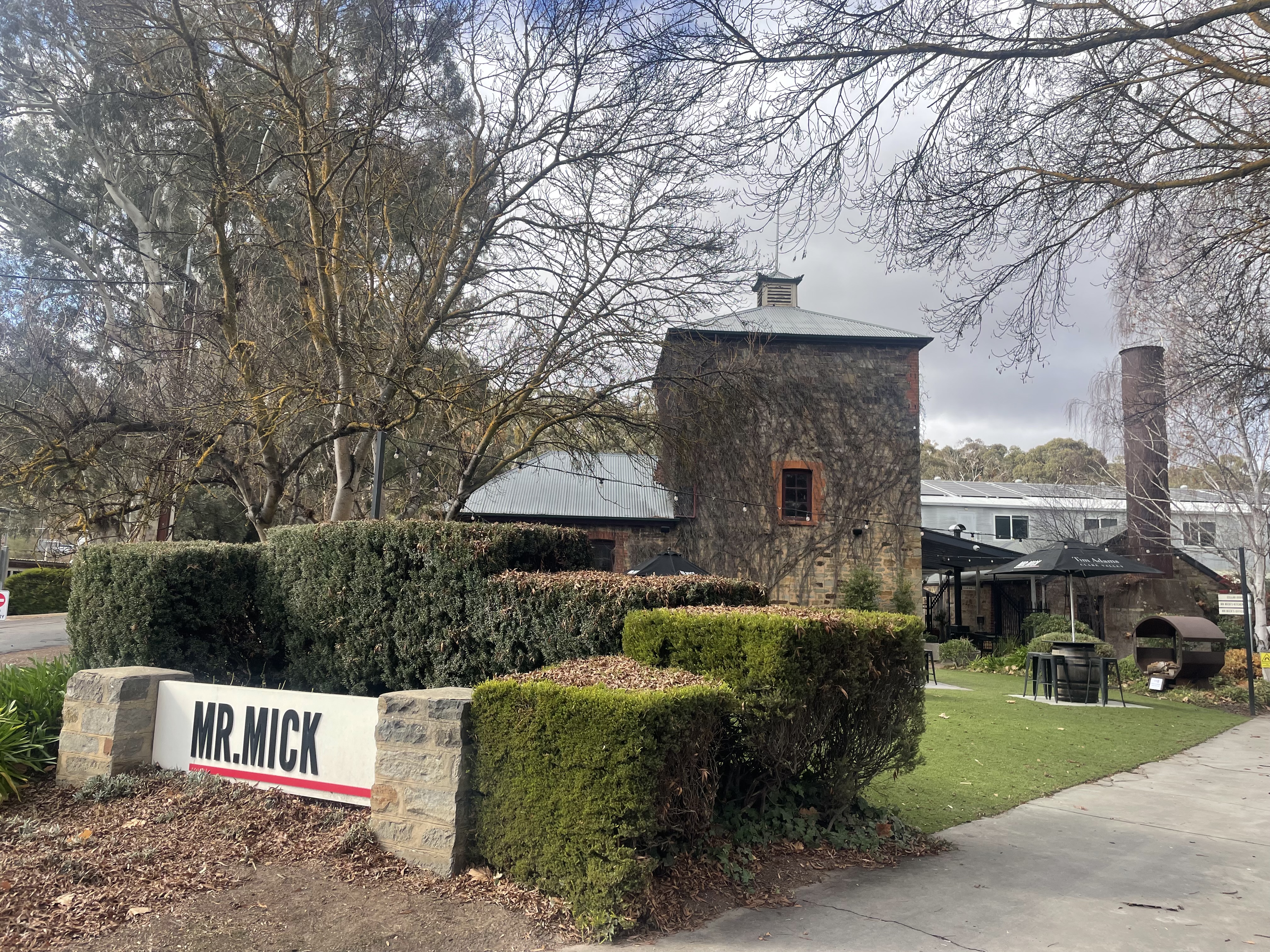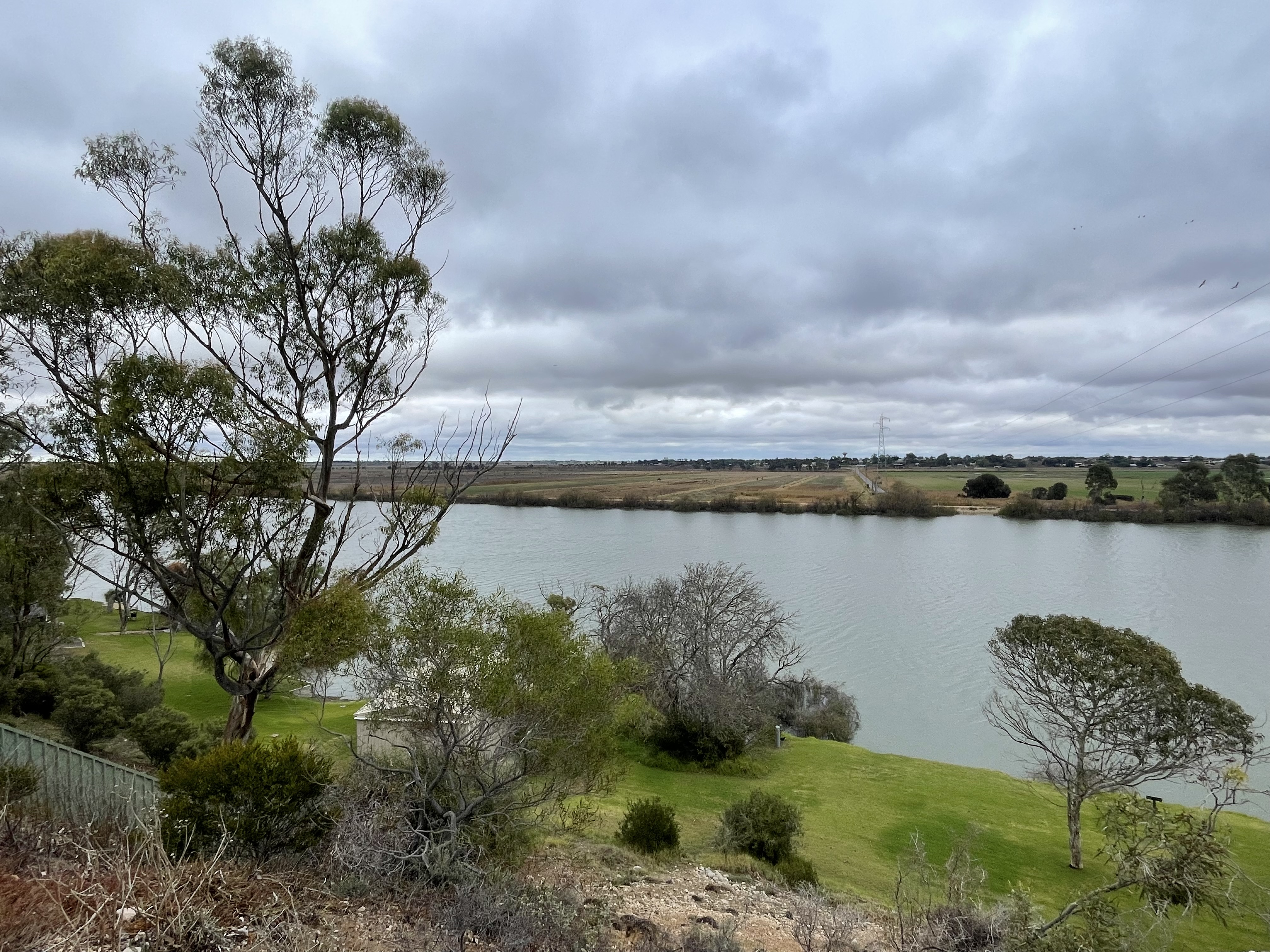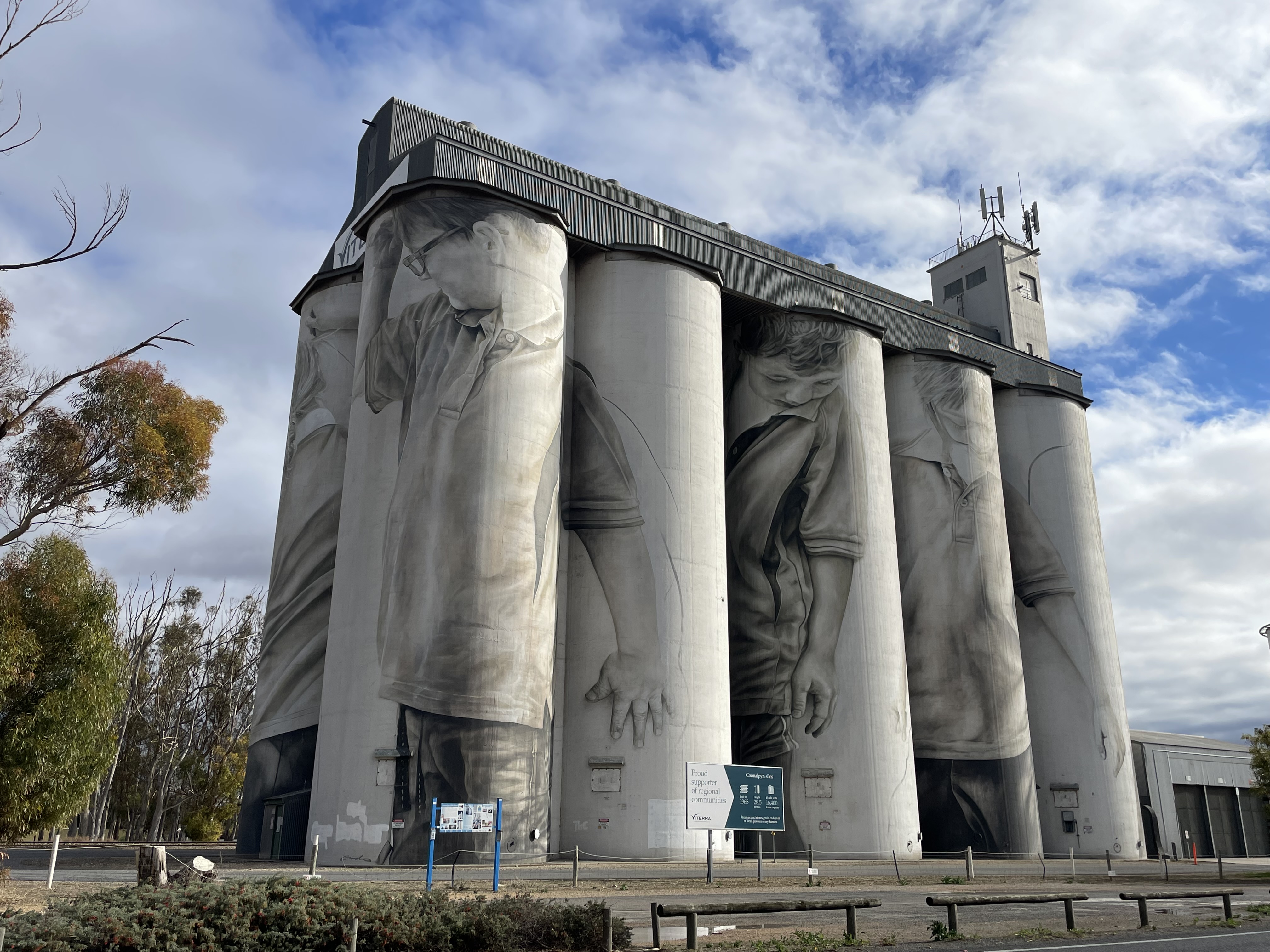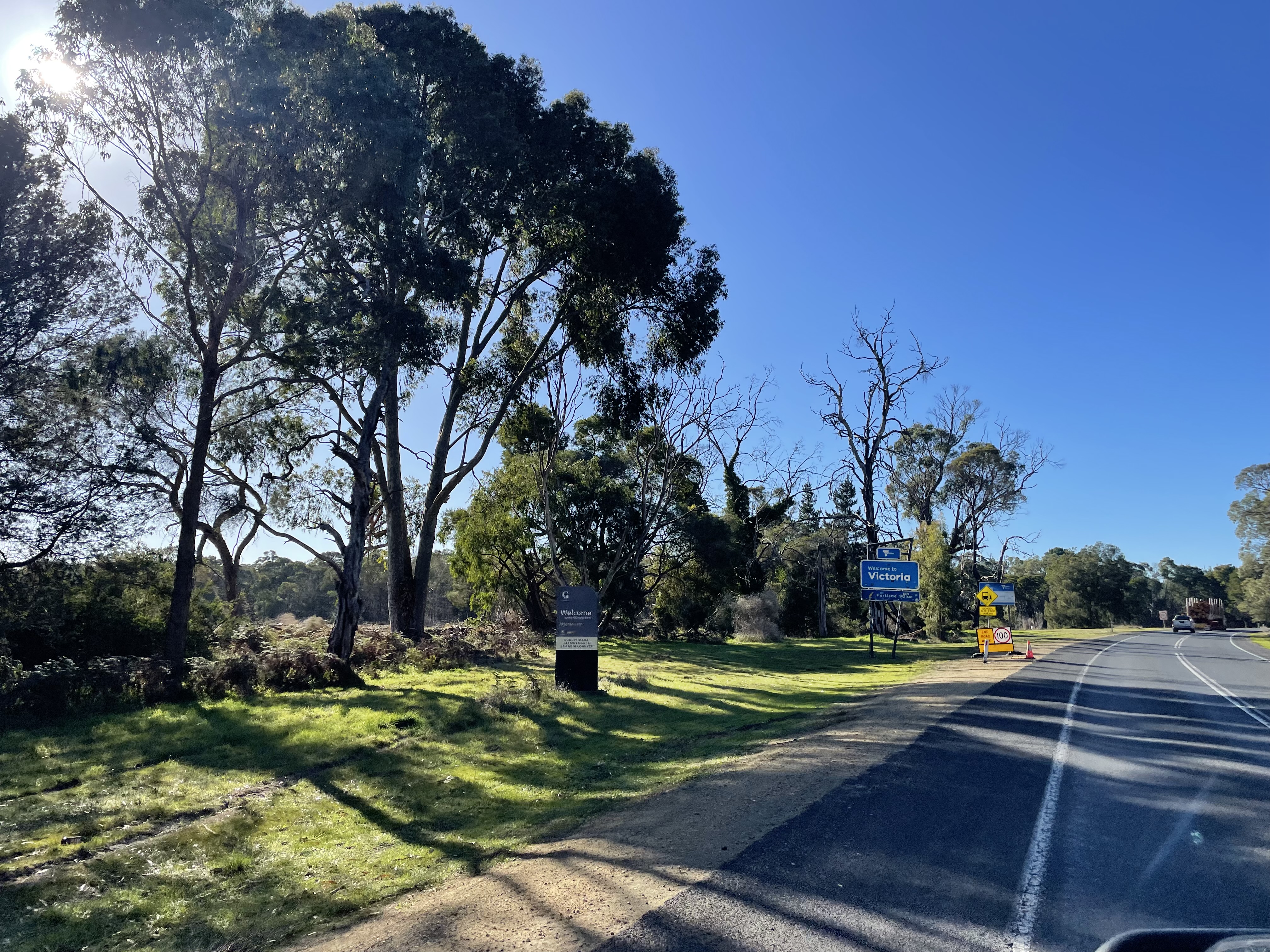COONALPYN
We really only stopped by this town to gain some relief from the repetitious, "I'm hungry," coming from the back seat and were pleasantly surprised. Waffles and Jaffles on the Duke's Highway, run by Belgian couple Claudia and Rachid, was both reasonably priced and oh so delicious! Despite bringing our children up to share, sadly, no sharing of waffles took place on this occasion. As an added bonus, Just across the road from the shop is the silo art initiative for rural renewal, the first of its kind in South Australia. It was painted in 2017 by world renowned artist, Guido van Helten, who chose to paint five Coonalpyn primary school children, reflecting community spirit, culture and local identity.

